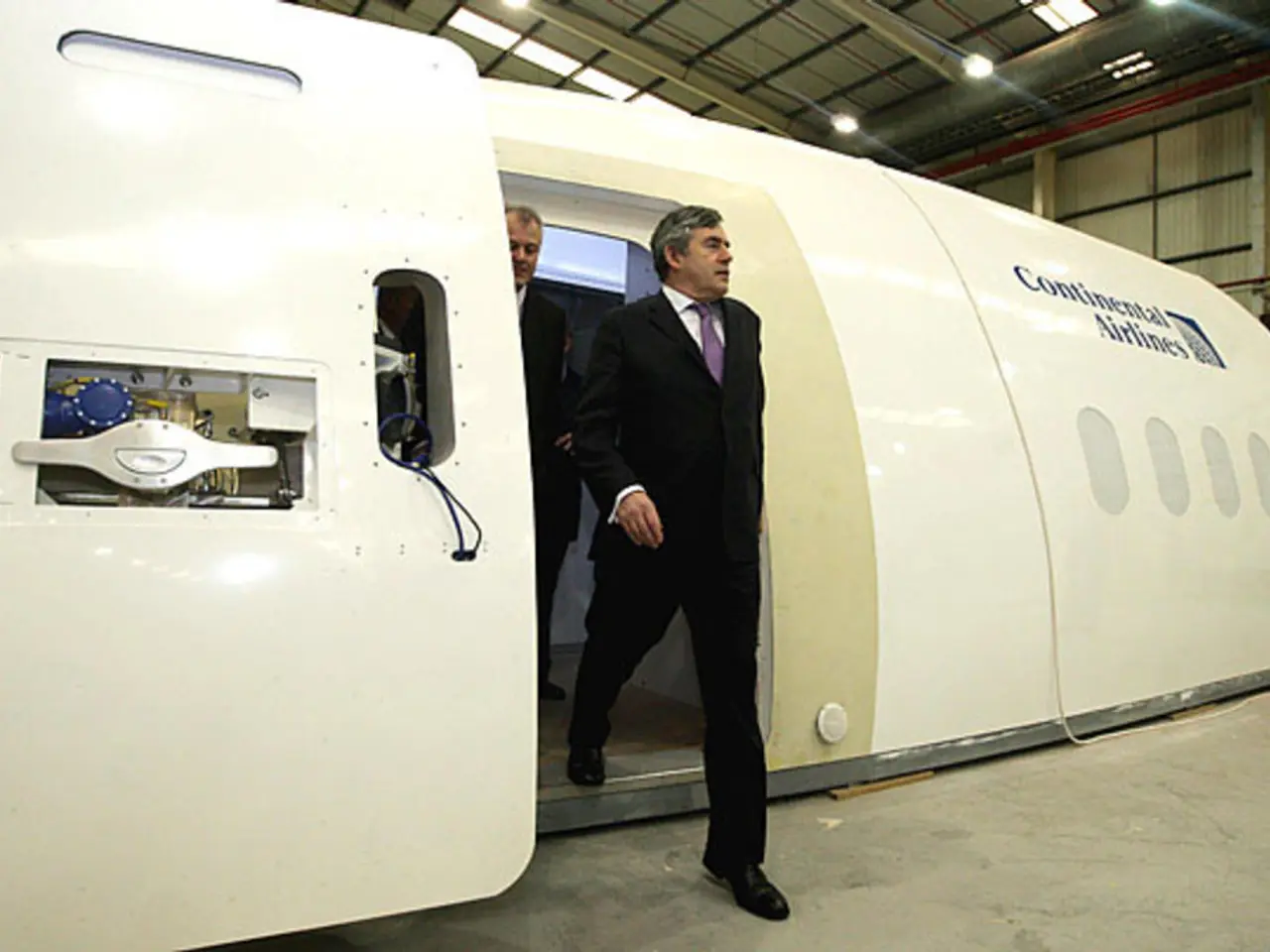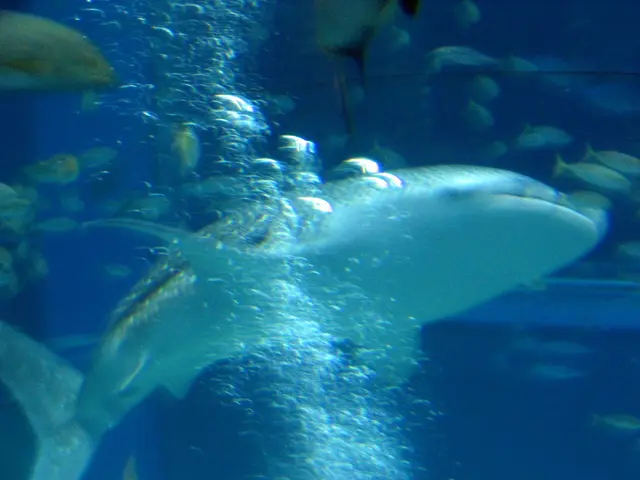Impacts of U-Space Rollout on Air Navigation Service Providers
Air Navigation Service Providers (ANSPs) are taking on new roles and responsibilities to ensure the safe operation of Unmanned Aircraft Systems (UAS) within both controlled and uncontrolled airspace.
The ultimate goal is to integrate manned and unmanned aviation, with ANSPs serving as enablers and integrators between the two. This involves coordinating with U-space Service Providers (USSPs) and Common Information Services (CIS) to integrate traditional Air Traffic Management (ATM) with Unmanned Traffic Management (UTM) systems.
ANSPs are participating in conducting airspace risk assessments that define operational conditions for U-space airspace. This includes determining safety measures and operational constraints that allow UAS operations compatible with manned aviation in both controlled and uncontrolled airspace.
In controlled airspace, ANSPs maintain their primary ATM role, incorporating UAS operations safely into existing traffic flows. They also manage the dynamic airspace reconfiguration process, adjusting the limits of the U-space airspace dynamically to ensure the safe operation of manned aircraft within U-space airspace.
Communication and coordination are key aspects of ANSPs' roles. They must establish reliable communication protocols with U-space operators and drone operators, handling information exchanges and managing potential increased controller workload caused by UAS operations.
ANSPs are also expected to work with U-space providers to support system stability and continuity of operations during communication failures, emergencies, or high traffic situations. This ensures resilience and safe handling of UAS in all airspace conditions.
In uncontrolled airspace, while direct air traffic control is less involved, ANSPs must still maintain oversight roles, supporting U-space services to provide situational awareness, conflict detection, and airspace monitoring to mitigate risks arising from increased UAS activities.
The Common Information Service Provider (CISP) serves as the single source of truth for information provision within U-space. Most of the data required for the CIS is already available, such as weather information, traffic data, and airspace information. The certification framework for the CIS will initially be based on the certification requirements that already exist for ANSPs.
The European Commission intends to adopt the Standardised European Rules of the Air (SERA) to safely integrate UAS operations. With the implementation of the U-space regulation (Implementing Regulation EU 2021/664, 665 and 666), ANSPs must adapt to ensure the safe operation of UAS within U-space airspace.
In controlled airspace, ANSPs are now responsible for providing air navigation services to manned aircraft operators and managing dynamic airspace reconfiguration for U-space airspace. Once the area is clear of UAS traffic, USSPs notify the ATC unit, triggering the ATC unit to clear manned traffic to enter U-space airspace. USSPs should also check already authorized flights with the newly published restrictions as part of the flight authorization service.
EASA has assigned a new role to ANSPs with regards to U-space within controlled airspace, as outlined in Decision 2022/023/R. ANSPs will provide information within U-space, primarily through publishing aeronautical information. New information providers must be contracted to meet the needs of UAS operators operating within (and also outside) U-space.
In conclusion, ANSPs' roles in U-space are multifaceted, involving coordination, communication, regulatory compliance, airspace risk management, and operational support tailored to both controlled and uncontrolled environments. They are essential in ensuring safe coexistence between manned and unmanned aviation.
- ANSPs are participating in conducting airspace risk assessments thatdefine operational conditions for U-space airspace, determining safety measures and operational constraints for UAS operations compatible with manned aviation.
- In controlled airspace, ANSPs maintain their primary ATM role, incorporating UAS operations safely into existing traffic flows and managing the dynamic airspace reconfiguration process.
- ANSPs must establish reliable communication protocols with U-space operators and drone operators, handling information exchanges and managing potential increased controller workload caused by UAS operations.
- In uncontrolled airspace, ANSPs must maintain oversight roles, supporting U-space services to provide situational awareness, conflict detection, and airspace monitoring to mitigate risks arising from increased UAS activities.
- With the implementation of the U-space regulation, ANSPs must adapt to ensure the safe operation of UAS within U-space airspace, providing air navigation services to manned aircraft operators and managing dynamic airspace reconfiguration for U-space airspace, among other roles.




